Regulatory Support for Business Financing
Regulatory support plays a crucial role in shaping the Business Loans Market. Governments are increasingly recognizing the importance of small businesses in driving economic growth and are implementing policies to facilitate access to financing. For instance, various initiatives have been introduced to provide guarantees for loans issued to small businesses, thereby reducing the risk for lenders. This regulatory environment is likely to encourage more financial institutions to participate in the Business Loans Market, ultimately leading to an increase in available capital for businesses. As these supportive measures continue, the market is expected to expand, providing more opportunities for entrepreneurs.
Increased Demand for Small Business Financing
The Business Loans Market is currently experiencing a surge in demand for small business financing. This trend is driven by the growing number of startups and small enterprises seeking capital to expand operations and invest in new technologies. According to recent data, small businesses account for approximately 99.9% of all businesses, highlighting their critical role in the economy. As these businesses seek funding, traditional banks and alternative lenders are adapting their offerings to meet this demand. The increased competition among lenders is likely to lead to more favorable terms for borrowers, thereby stimulating further growth in the Business Loans Market.
Shift Towards Alternative Financing Solutions
The Business Loans Market is experiencing a notable shift towards alternative financing solutions, as traditional lending methods may not meet the diverse needs of all businesses. Alternative lenders, including peer-to-peer platforms and crowdfunding, are gaining traction among entrepreneurs seeking flexible funding options. Data suggests that alternative lending has grown significantly, with a substantial percentage of small businesses opting for these non-traditional sources. This trend indicates a diversification of the Business Loans Market, as borrowers increasingly explore various avenues for financing. The rise of alternative solutions may also compel traditional lenders to innovate and adapt their offerings to remain competitive.
Technological Advancements in Lending Processes
Technological advancements are reshaping the Business Loans Market, making the lending process more efficient and accessible. Innovations such as artificial intelligence and machine learning are being utilized to streamline loan applications and enhance credit assessments. This has resulted in faster approval times and improved customer experiences. Data indicates that lenders leveraging technology can reduce processing times by up to 50%, which is particularly appealing to small businesses that require quick access to funds. As technology continues to evolve, it is expected that the Business Loans Market will see an increase in digital lending platforms, further transforming how businesses secure financing.
Rising Interest in Sustainable Business Practices
The Business Loans Market is witnessing a growing interest in sustainable business practices, which is influencing lending decisions. Many lenders are now offering specialized loans for businesses that demonstrate a commitment to environmental sustainability and social responsibility. This trend is supported by data showing that consumers increasingly prefer to engage with businesses that prioritize sustainability. As a result, lenders are likely to develop products that cater to this market segment, potentially leading to an increase in the number of loans issued for sustainable initiatives. This shift not only benefits the environment but also positions the Business Loans Market to align with evolving consumer preferences.


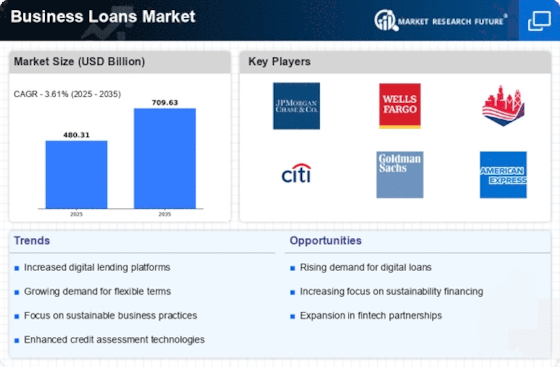
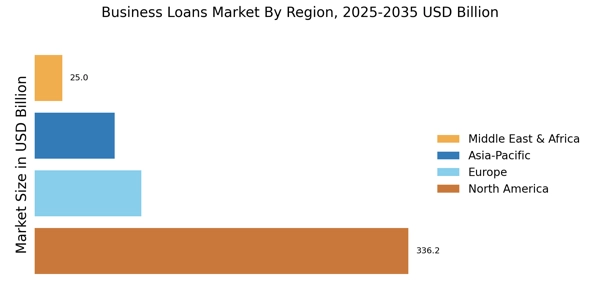
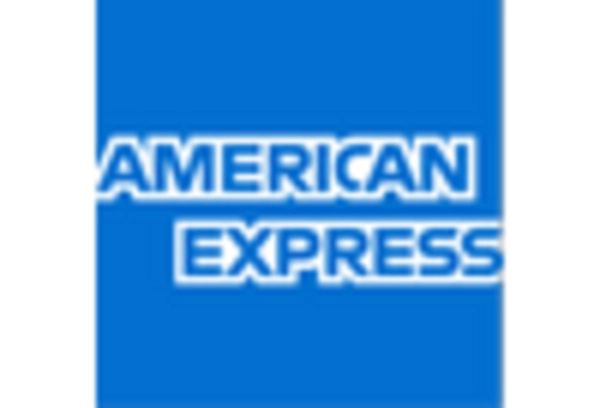
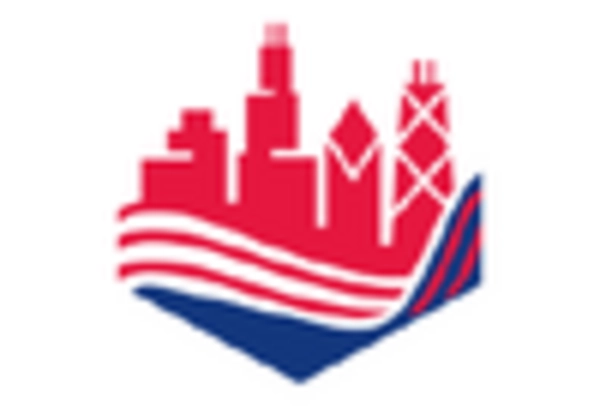
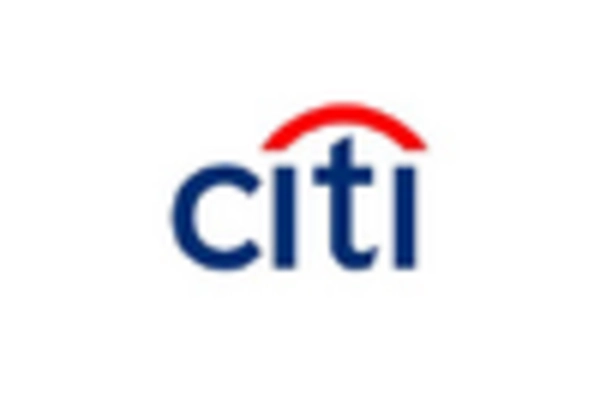
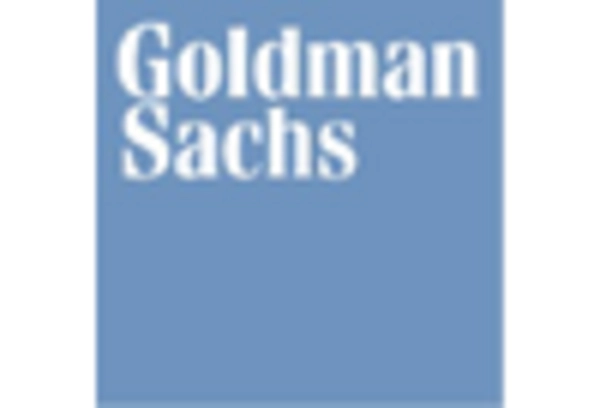
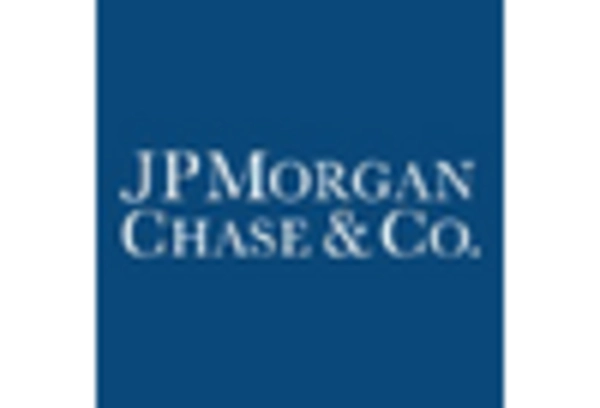
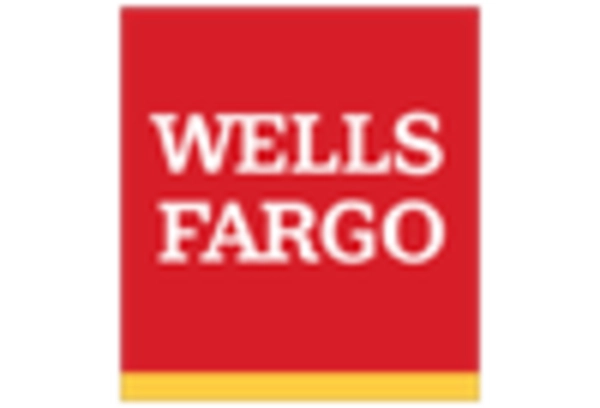








Leave a Comment